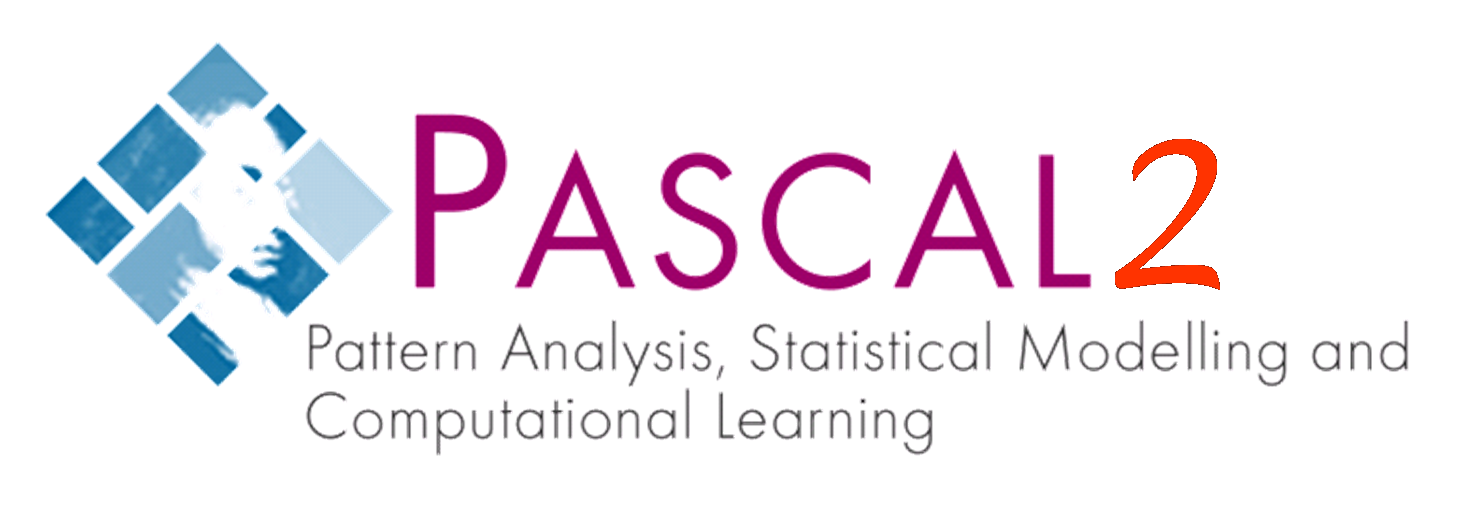 
WelcomeGene and Protein Expression Analysis: Methods and Interpretation for Researchers
Introduction Gene and protein expression analysis plays a pivotal role in advancing scientific research, allowing researchers to understand the intricate workings of biological systems and unravel the mysteries of diseases. This article aims to provide researchers with a comprehensive overview of the methods and interpretation techniques used in gene and protein expression analysis, empowering them to make informed decisions and drive meaningful discoveries in the realm of analytical essay rom editors at https://cheap-papers.com/process-analysis-essay.php. Gene Expression Analysis Methods Gene expression is a fundamental process that underlies the functioning of living organisms. By examining gene expression patterns, researchers gain insights into cellular processes, developmental stages, and disease mechanisms. Several methods are commonly used in gene expression analysis, offering different advantages and limitations: Quantitative PCR (qPCR) Quantitative PCR enables researchers to quantify gene expression levels accurately. This method utilizes fluorescent probes or DNA-binding dyes to measure the amplification of specific target genes. It offers high sensitivity, specificity, and a wide dynamic range, making it suitable for both quantitative and qualitative analysis of gene expression. Microarray Analysis Microarray analysis allows researchers to simultaneously examine the expression levels of thousands of genes. This method employs microarrays, small chips containing DNA or RNA probes, to capture and measure the binding of complementary target sequences. Microarray analysis provides a broad view of gene expression patterns, facilitating the identification of differentially expressed genes in various biological conditions. RNA Sequencing (RNA-seq) RNA sequencing (RNA-seq) is a high-throughput technique that provides detailed information about the entire transcriptome. By sequencing the RNA molecules present in a sample, researchers can determine gene expression levels, alternative splicing events, and novel RNA transcripts. RNA-seq offers greater sensitivity, a broader dynamic range, and the ability to detect rare transcripts compared to other methods. Protein Expression Analysis Methods Proteins are the workhorses of cells, carrying out essential functions in various biological processes. Analyzing protein expression levels and localization is crucial for understanding cellular mechanisms and identifying therapeutic targets. Key methods used for protein expression analysis include: Western Blotting Western blotting is a widely employed technique to detect and quantify specific proteins. It involves the separation of proteins using gel electrophoresis, followed by their transfer to a membrane and subsequent antibody-based detection. Western blotting enables the examination of protein expression levels, post-translational modifications, and protein-protein interactions, providing valuable insights into cellular processes. Immunohistochemistry (IHC) Immunohistochemistry (IHC) is a method used to visualize protein expression and localization within tissue samples. It involves the use of antibodies that specifically bind to target proteins, which are then detected using colorimetric or fluorescent labels. IHC allows researchers to study protein distribution patterns in tissues, aiding in disease diagnosis, understanding cellular processes, and assessing biomarker expression. Mass Spectrometry Mass spectrometry is a powerful technique used to identify and quantify proteins in complex samples. It involves ionizing proteins and measuring their mass-to-charge ratios, allowing for accurate identification and characterization. Mass spectrometry enables the analysis of protein abundance, post-translational modifications, and protein-protein interactions, providing valuable insights into protein function and signaling pathways. Data Interpretation Accurate data interpretation is crucial for deriving meaningful insights from gene and protein expression analysis. In addition to choosing appropriate analysis methods, several key factors should be considered during data interpretation: Importance of Data Interpretation Data interpretation involves extracting meaningful information from raw expression data. It aids in identifying significant gene or protein expression changes, uncovering potential biomarkers, and understanding the underlying biological mechanisms. Key Factors in Data Analysis During data analysis, factors such as data normalization, quality control, and appropriate statistical analysis methods are critical for obtaining reliable and reproducible results. Normalization techniques help remove technical variations, ensuring accurate comparisons between samples. Quality control measures should be implemented to identify and address experimental artifacts or outliers that could influence the interpretation of results. Statistical Methods Statistical methods are commonly used to analyze gene and protein expression data and identify genes or proteins that significantly differ between conditions. Differential expression analysis, for example, compares expression levels between groups to determine statistically significant changes. Other statistical approaches, such as clustering or pathway analysis, can help uncover biological insights from large-scale expression data. Case Studies and Examples Case studies and examples illustrating data interpretation approaches can enhance researchers' understanding of the analysis process. These practical illustrations showcase the application of various analysis techniques in real-life scenarios, demonstrating how data interpretation can lead to meaningful discoveries and new scientific insights. Challenges and Troubleshooting While gene and protein expression analysis techniques are powerful tools, researchers may encounter challenges along the way. Common issues include sample preparation, experimental variability, and data processing. To address these challenges, it is essential to follow best practices, optimize protocols, implement appropriate quality control measures, and troubleshoot experimental issues effectively. Future Perspectives and Emerging Technologies The field of gene and protein expression analysis is continually evolving, driven by technological advancements and scientific discoveries. Researchers should stay informed about emerging technologies and methodologies that hold promise for the future. Exciting developments, such as single-cell analysis, spatial transcriptomics, and proteomics, offer new avenues for gaining deeper insights into biological systems and disease mechanisms. Conclusion In conclusion, gene and protein expression analysis methods provide valuable insights into the complex world of biological systems. By utilizing appropriate techniques and employing sound data interpretation approaches, researchers can unlock new discoveries, unravel disease mechanisms, and contribute to advancements in various scientific fields. The integration of gene and protein expression analysis with other omics data and the adoption of emerging technologies will shape the future of this field, offering new opportunities for groundbreaking research and innovative therapeutic strategies. |